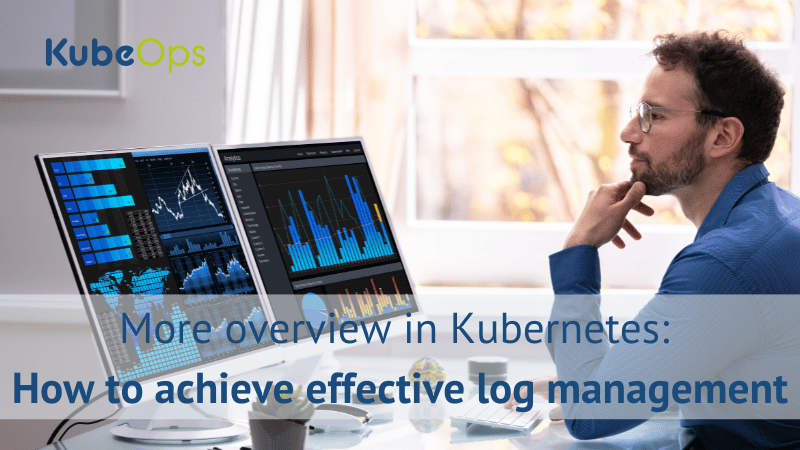Blogs
The Art of Staging and Keeping up with Updates

Kubernetes has emerged as a leading container orchestration platform, enabling enterprises to efficiently manage and scale their containerized applications. However, the key to a successful and productive Kubernetes environment lies not just in deploying the cluster quickly but also in maintaining it effectively through continuous updates and staging. In this blog post, we will explore what staging is, why it is essential for productive Kubernetes environments, and why staying up-to-date with the latest updates is crucial.
What is Staging?
Staging, in the context of Kubernetes, refers to the process of creating a pre-production environment that mirrors the production environment as closely as possible. This staging environment allows developers, testers, and system administrators to test new updates, configurations, and application changes in an isolated setting before deploying them to the live production cluster. If you want to learn more about staging, especially using Kubernetes with multiple pre-production setups, check out our preivious article titled 'Exploring the Staging Process: Jorurney through the Stages.' https://kubeops.net/blog/staging-process-journey-through-the-stages
Managing Patch Updates with Variable Release Timelines in Operating Systems
One of the challenges that enterprises often face when managing Kubernetes environments is dealing with the operating system's security updates. Red Hat Enterprise Linux (RHEL) is a widely used Linux distribution in the enterprise world. However, unlike other operating systems that may have fixed timelines for releasing patches, RHEL operates on a "rolling release" model. This means that patches and updates are released on an as-needed basis, depending on security vulnerabilities or critical bug fixes. As a result, administrators need to proactively keep track of updates and apply them in a controlled manner.
Frequent Kubernetes Version Releases:
Kubernetes releases a new version approximately every four months. Each release brings significant improvements, new features, and important bug fixes. By keeping up with these updates, organizations can benefit from enhanced security, better performance, and access to cutting-edge features that empower their containerized applications.
Importance of Getting New Updates:
- Security: Security is of utmost importance in any production environment. As threats and vulnerabilities evolve, keeping the Kubernetes cluster updated helps mitigate potential security risks and protects sensitive data and applications.
- Performance: New updates often include performance optimizations, making the cluster more efficient and responsive. This, in turn, leads to improved application performance and user experience.
- Bug Fixes: Kubernetes updates address reported bugs and issues, ensuring that the cluster runs smoothly and without disruptions.
- Feature Enhancements: Regular updates introduce new features and functionalities, enabling organizations to leverage the latest tools and capabilities for their applications.
Conclusion:
Deploying a Kubernetes cluster swiftly is just one aspect of the equation. To maintain a productive and reliable Kubernetes environment, organizations must embrace the practice of staging and stay current with the latest updates. By creating one or more staging environments to test changes and updates, enterprises can minimize the risk of unforeseen issues in the production cluster. Moreover, keeping up with the regular Kubernetes updates allows organizations to capitalize on new features, improve performance, and bolster the security of their containerized applications. Only by combining efficient deployment practices with regular updates and careful staging can organizations fully harness the power of Kubernetes and unlock its true potential for their applications and business needs.

